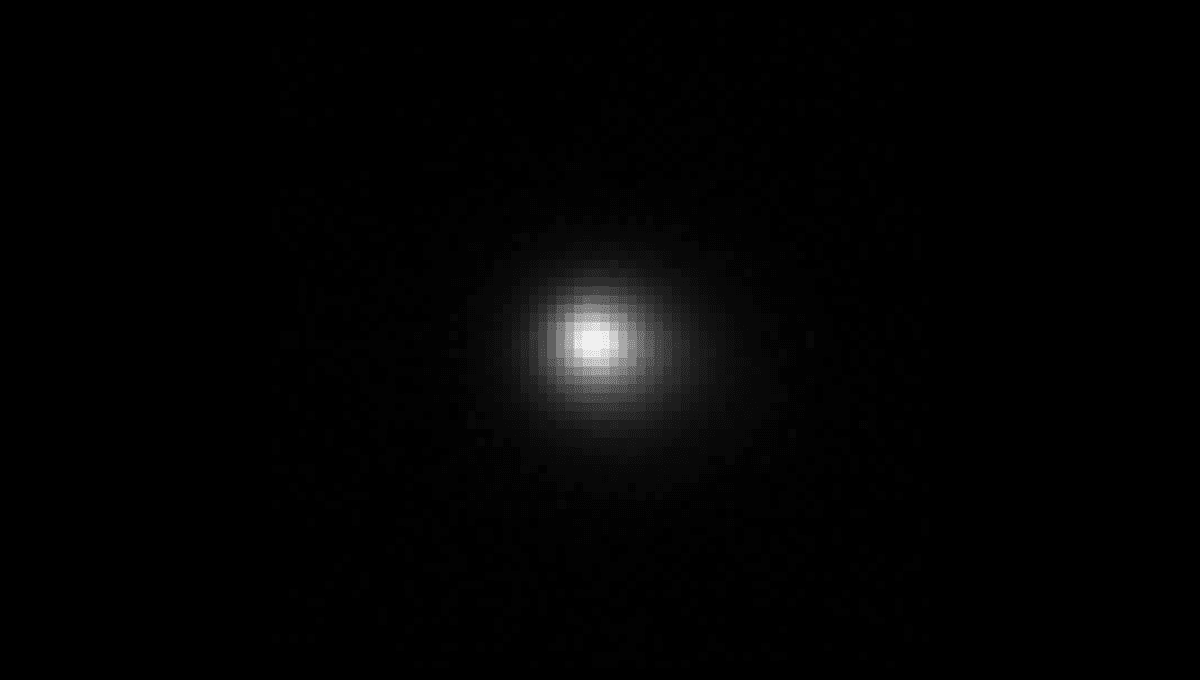Interstellar Comet 3I/ATLAS Caught By Rubin Observatory In Unplanned First Science Study

Interstellar Comet 3I/ATLAS Caught By Rubin Observatory In Unplanned First Science Study
The Vera C. Rubin Observatory dazzled us with its first light images just a few weeks ago, showing just what it is capable of discovering – from new asteroids to new galaxies – in a matter of hours. It is currently still being tweaked ahead of the official beginning of its science work, but as luck would have it, the test runs cover the patch of the sky where the recently discovered Comet 3I/ATLAS appears to be. Astronomers couldn’t resist using Rubin to learn more about this comet.
Comet 3I/ATLAS is the third known interstellar object to pass through the Solar System. It seems quite different compared to the previous two, ‘Oumuamua and Comet Borisov; it is moving about twice as fast, and it is significantly bigger. The differences might not end there. It might come from a completely different region of the galaxy, and it might be much older than the Solar System. The comet was discovered on July 1 by the ATLAS (Asteroid Terrestrial-impact Last Alert System) survey telescope. Knowing where to look, Rubin’s team found observations of the comet from June 21. For this analysis, which awaits peer review, the astronomers have combined them with observations all the way to July 7. The Rubin images confirm that the object is a comet. It is a truth universally acknowledged that a celestial object in possession of a dusty coma – a fuzzy atmosphere around the nucleus – is experiencing cometary activity. This coma is also increasing. It was as big as Earth in June, and now the radius is almost 3,000 kilometers (1,860 miles) larger. The data also provided a new estimate for the size of this object. The cigar-shaped ‘Oumuamua is likely to remain the smallest – its longest axis was between 100 and 1,000 meters (328 and 3,280 feet). Comet Borisov was a small comet too, with a nucleus of less than half a kilometer (0.3 miles), although it ended up producing a tail 14 times larger than Earth. Comet 3I/ATLAS is estimated to have a nucleus of roughly 5.6 kilometers (3.5 miles). “Rubin is currently in 'commissioning phase'. This means all the systems are being tested and tried out; it's not yet running with any kind of routine. Very normal for a new telescope: you get everything smoothed out and find/resolve all the little quirks before asking it to do consistent science,” co-author Dr Michele Bannister, from the University of Canterbury in New Zealand/Aotearoa, said on Bluesky. The data suggest that if Rubin was actually properly running, it would have likely spotted Comet 3I/ATLAS before ATLAS did. The team also estimated that in the 10 years of Rubin’s Legacy Survey of Space and Time (LSST), the observatory could discover between 5 and 50 interstellar objects. The study, which is yet to be peer-reviewed, is posted to arXiv.


